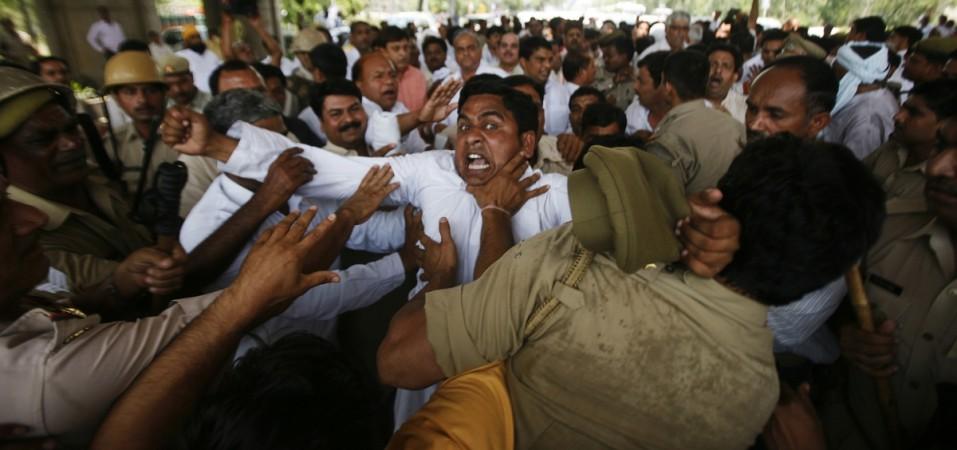Narendra Modi government has projected its land acquisition reform plan as one that is, at the same time, pro-farmer and pro-business.
But in reality the ambitious agenda belies complex and worrisome socio-economic issues.
Changes to the Land Acquisition Act seeks to provide fast-track clearance for certain industries seeking to set up new projects, and to improve compensation for those losing their land.

While the amendments would see the farmer being compensated to the tune of four times the value of his agricultural land, it turns away from addressing the real questions affecting the lives of those displaced.
Land value rests on the nature of its use. Agricultural land is valued considerably less than more developed commercial land.
If intentions are to reflect actual progress, the farmer should be compensated on the basis of the land as valued on the basis of its end-use mechanism. When the same parcel of land gets notified to be used for industrial and commercial purpose, the value of the land jumps significantly more than the four-fold increase offered under the act.
It is this value of the land that needs to be paid to the farmer for relinquishing, for what in many cases, could be their only source of income.
It is not the dry and arid regions of the country that find investments come their way, but what in many cases could be the agricultural heartland and the centre of activity of rural India.
And when development comes, social inequalities too arrive. The present land acquisition reform plan probably fails to factor this.
Farmers traditionally feel short-charged as the value of the land once owned by them rises manifold when it becomes industrial asset, but they are left out of the reckoning.
The programme must not only consider the compensation to be fair, but also to be meaningful.
A partnership between those displaced, the industry, the government and activist groups is needed to make the change more acceptable and effective.

The reform plan maintains compensation levels and rehabilitation and resettlement terms intact, while bringing all land acquisitions under 13 other laws to fall under the ambit of Land Acquisition Act.
The removal of the clause on consent by 80% of the affected community also removes the political manoeuvrability adopted by sections who checkmate development without providing for alternatives that helps the people they claim to be representing.
However, the passing of the bill would remain contentious with the Opposition already labelling the NDA rule as 'Ordinance Raj.'






